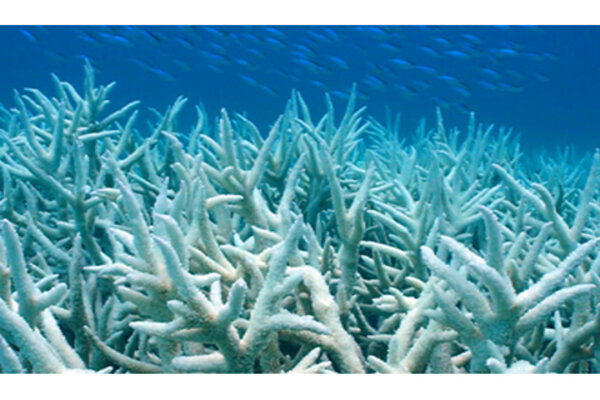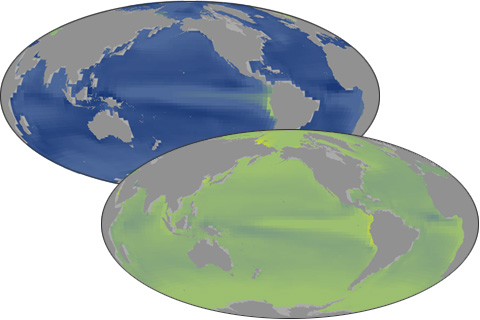
Rising concentrations of carbon dioxide in the air lead to more acidic seawater. More acidic water corrodes minerals that many marine creatures rely on to build their protective shells and skeletons.
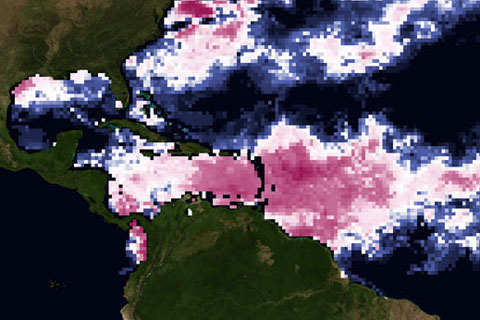
How do warm waters in the Caribbean this year compare to conditions in 2005, when high ocean temperatures triggered the worst mass coral bleaching event ever seen in the region?
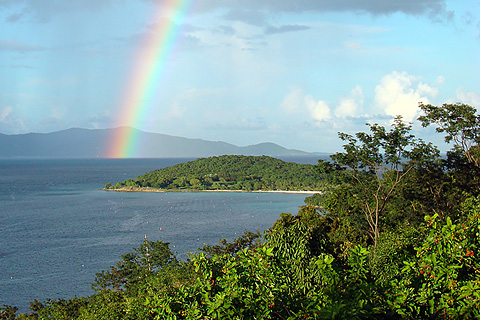
[From the archives] Facing the possibility of a massive coral bleaching event in the Caribbean Sea in late summer and early fall 2010, a USGS biologist based at U.S. Virgin Islands National Park hopes that the season won't have the same devastating outcome as a similar event in 2005.
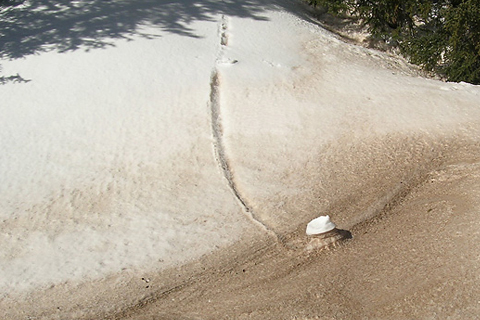
When the winds are right, dust from the deserts of the U.S. Southwest blows onto the snow-capped Rocky Mountains. How do dirty snowfields contribute to the loss of more than 250 billion gallons of water in the Colorado River?

State of the Climate in 2009
July 28, 2010

The impacts of climate change and sea level rise have the potential to contaminate facilities and natural resources in the Pacific Northwest. Now, coastal managers have a new tool to help them visualize future changes and decide how they might avoid these problems.
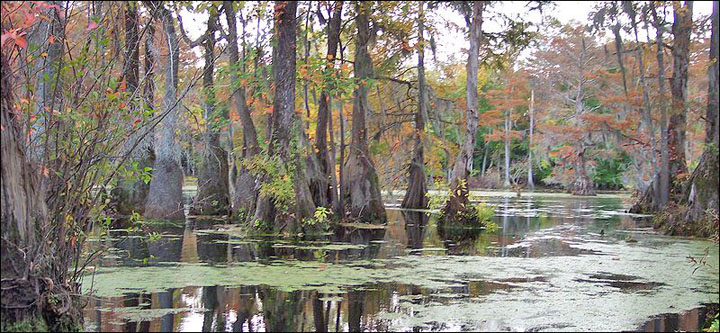
How is climate change affecting bird migration patterns? Birdwatchers across the country and around the world are contributing their time, both in the field and online, to answer that question.
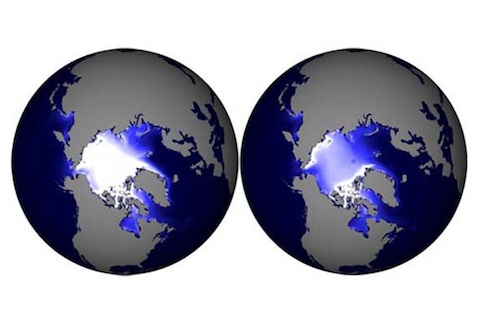
Scientists examine data from computer models to generate simulations of sea ice thickness now and three decades into the future.

How Is Climate Change Impacting Coasts?
May 12, 2010
